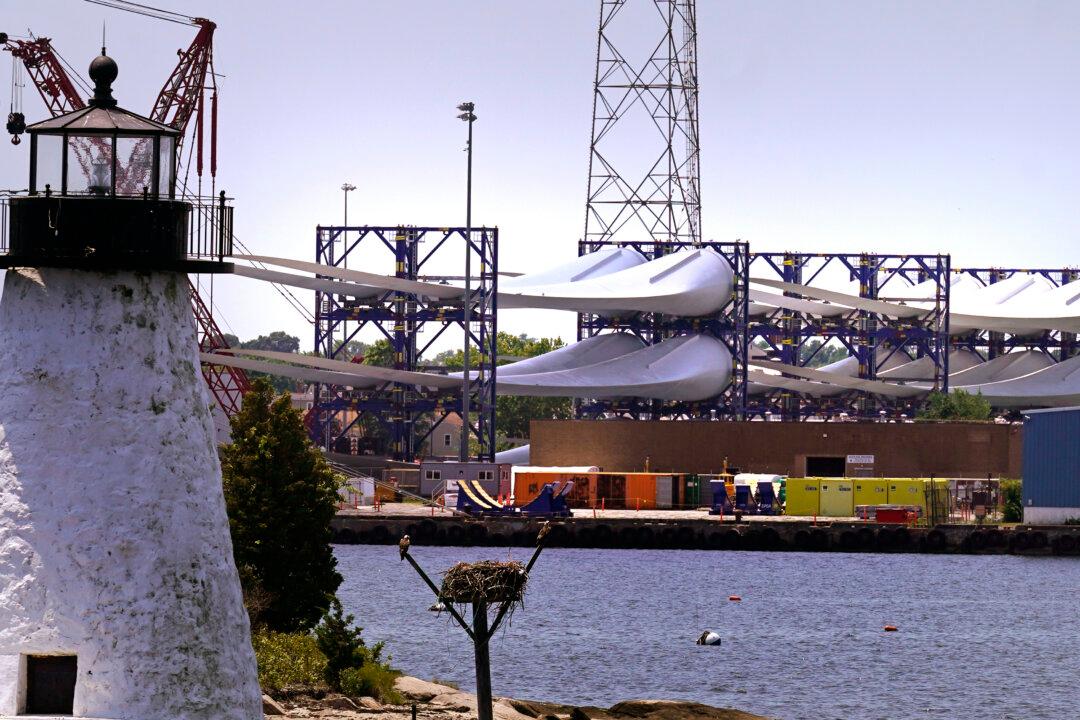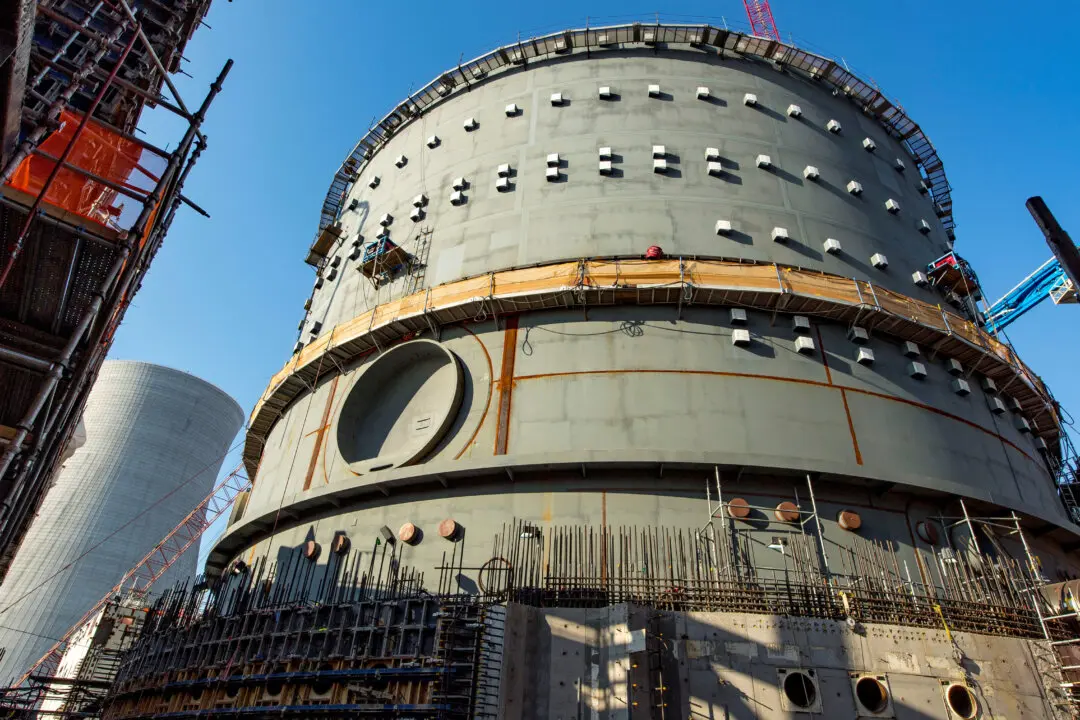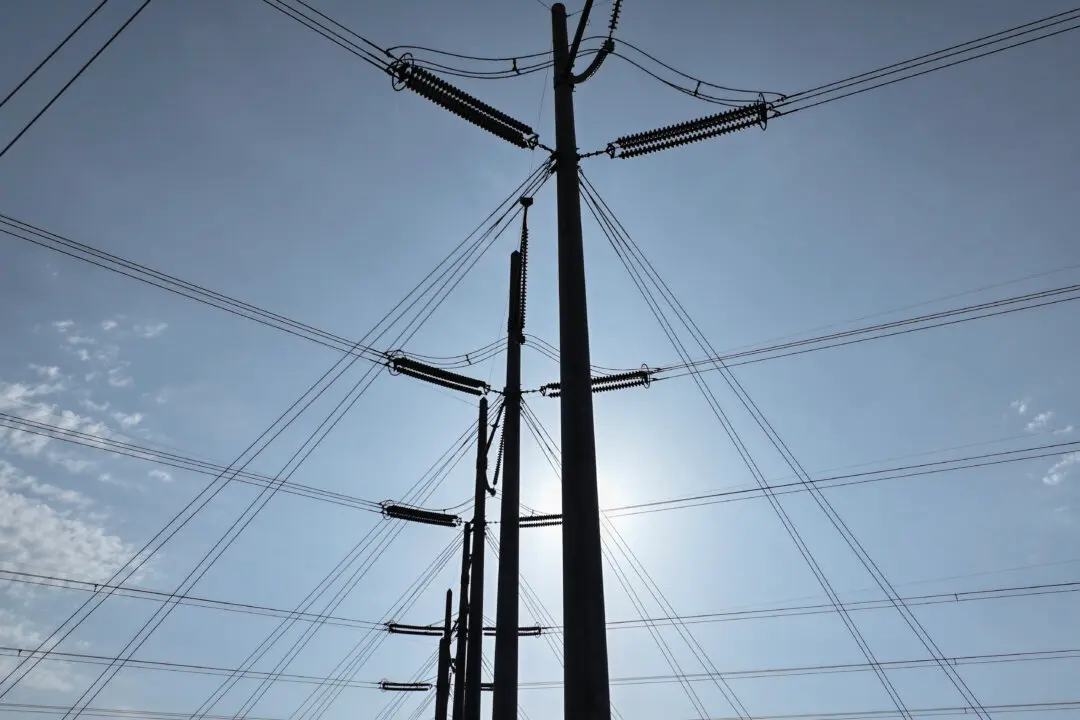More than two-thirds of North America could see electrical outages when temperatures spike this coming summer because utilities in many areas do not have sufficient reserve generation capacity to meet surges in demand.
According to an annual summer reliability assessment published on May 17 by the watchdog North American Electric Reliability Corporation (NERC), the power grid in at least eight regions of the United States and one in Ontario, Canada, face elevated risk of brown-outs and black-outs during heat waves between June and September, attributed at least partially to the disruption being caused by the growing reliance on so-called “green” energies that advocates want to see supplant fossil fuels.





